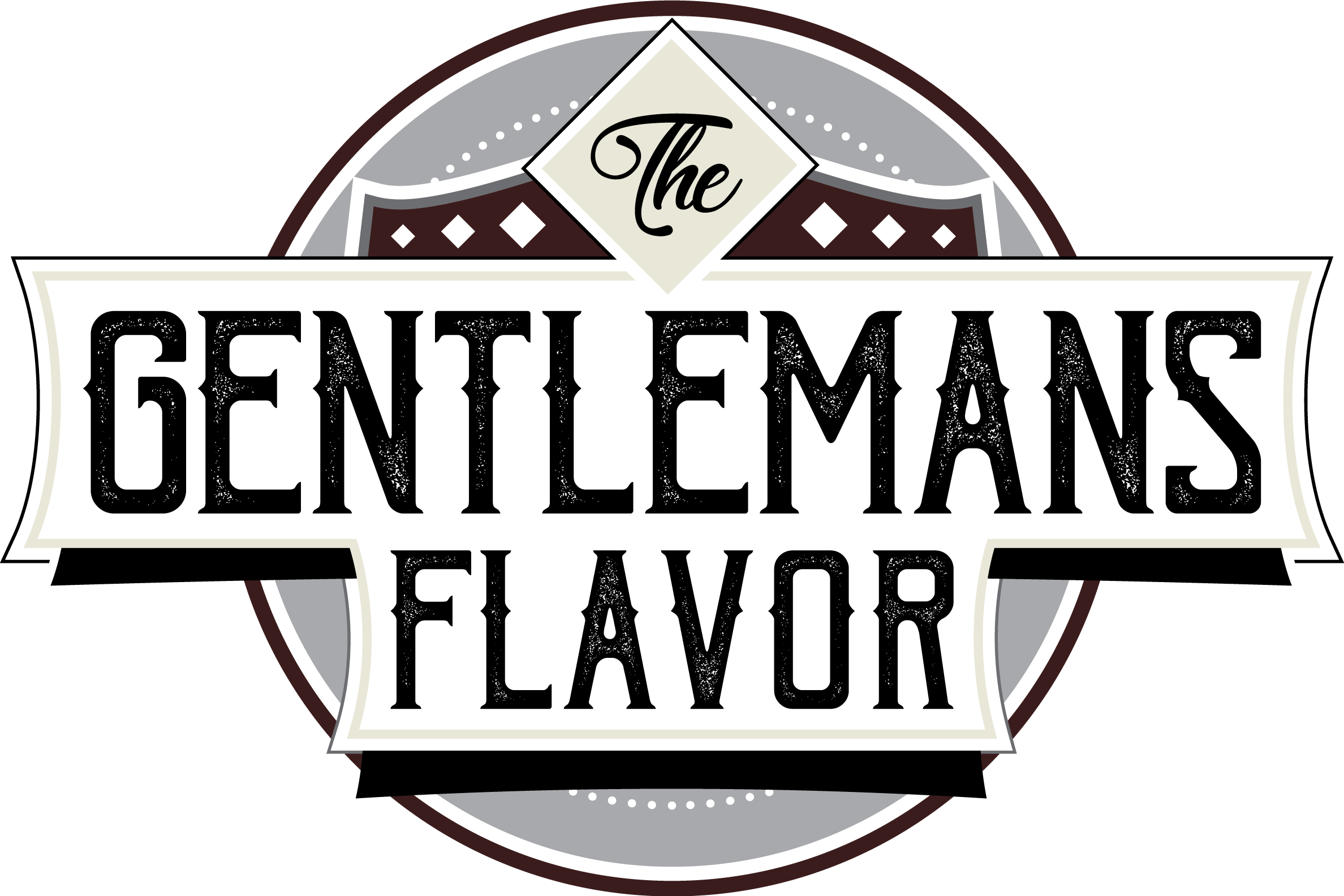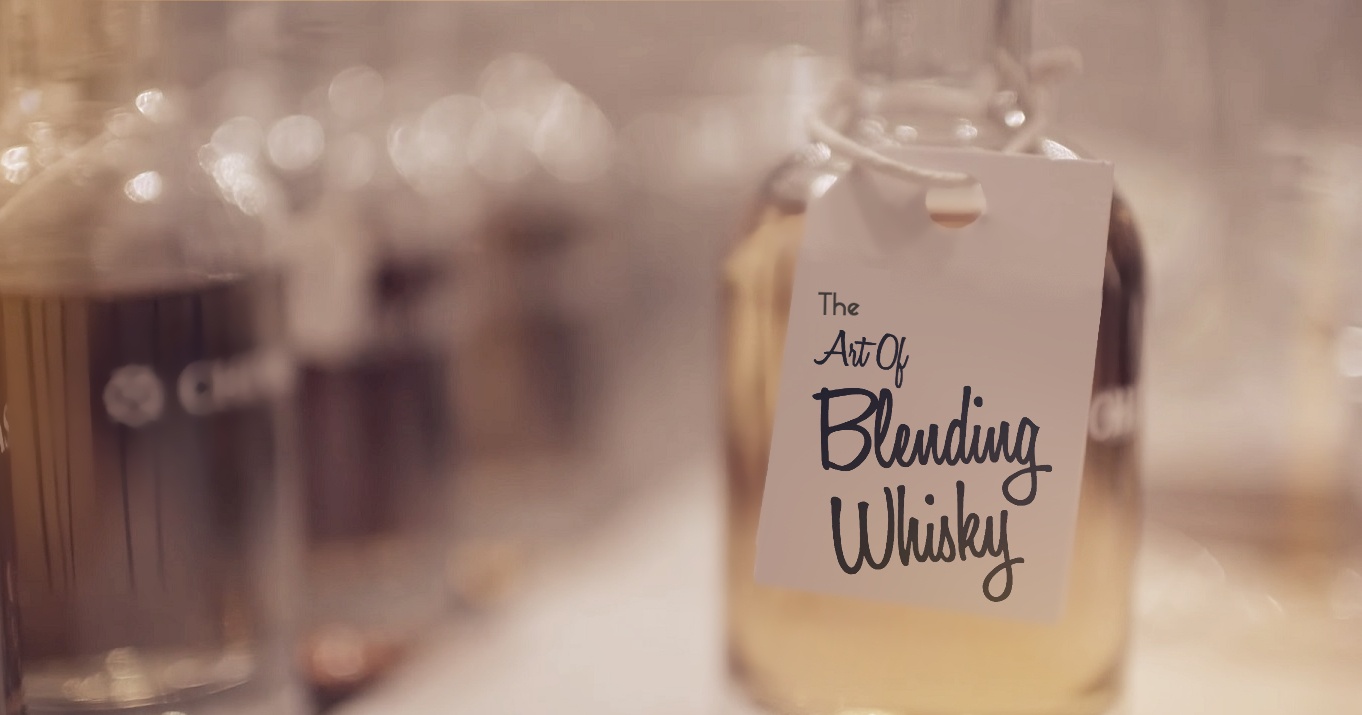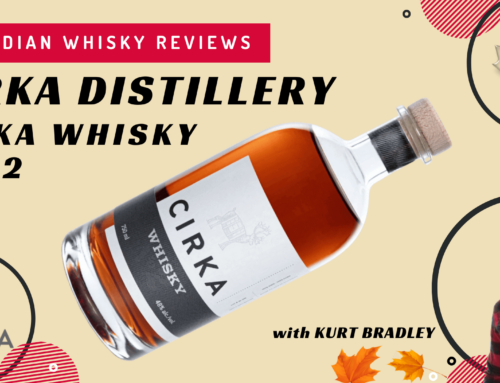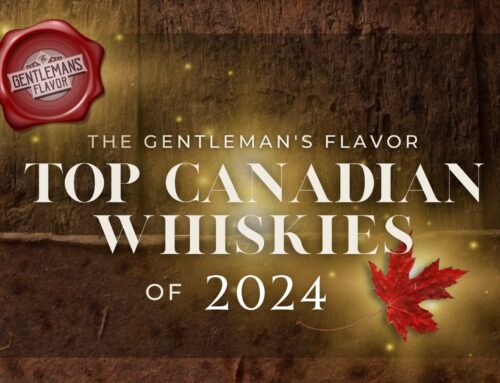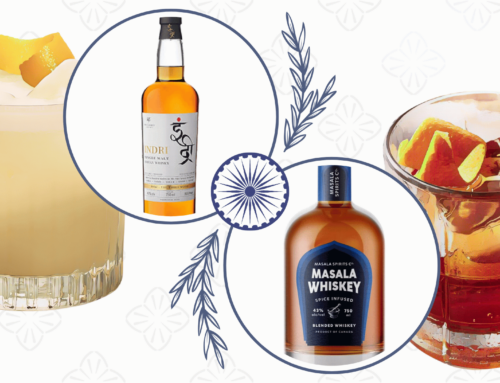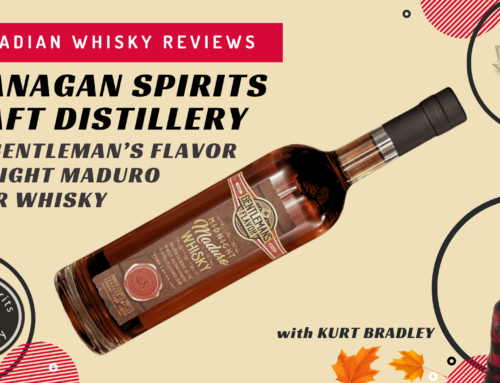On a very basic level, the art of blending of whisky involves the intricate blending of different types of whiskies into one precise solution.
Blended whisky can incorporate multiple whiskies from multiple distilleries and, depending on a particular country’s legal regulations, may also incorporate additional ingredients such as neutral grain spirits, colorings and flavorings.
The desired outcome in blend is to create a final whisky that is much greater than the sum of its parts.
With the help of Canadian Distiller Amy Levesque of Hiram Walker & Sons, we’ll look at her role in assisting Master Blender Dr. Don Livermore, and what goes into the creation of a blended whisky.
But wait – – isn’t blended inferior to single malt whisky?
Whisky: Blended vs Single Malt
Ok, first let’s dispel this myth.
Blended whisky, though rather undeservedly, is at times seen as secondary to single malt whisky (a whisky made from malted barley that is made at a single distillery).
This common misconception is due in part to an extremely wide spectrum of blended expressions that exist – ranging from the prestigious and highly-sought-after, to others that can only be best described as mere swill.
Another reason could be due in part to the notion that blended whisky is commonly produced in a more industrialized process, whereas single malt whisky is still often produced in a traditional, more handcrafted manner.
However, unbeknownst to some, blends vastly outsell single malts, and account for a staggering >90% of all whisky sales worldwide. The international acclaim of Scotch owes much of the success it enjoys today to blended whisky. The same can be said of whiskies created in Japan, Ireland and Canada and beyond.
Another major reason for the popularity of a blend is likely due to it being characteristically softer, more versatile and mixable than their bolder, single malt counterparts.
This is due to the inclusion of softer grains such as corn and wheat. Though many blends are best enjoyed neat or with a few drops of water (much like a single malt), others serve as an ideal base spirit for many popular cocktails, and jive exceptionally well with mixes such as soda water, ginger ale, cola, and much more.
This common misconception of blended whisky’s inferiority to single malt is due in part to the extremely wide spectrum of blended expressions that exist, ranging from the prestigious-and-highly-sought after, to others that can be best described as mere swill.”
The Master Blender
The process of blending whisky falls into the skillful hands of a Master Blender. Blending requires an extremely high degree of skill and is one part art form, one part science.

Japanese Master Blender Shinji Fukuyo
Many Master Blenders often come from educational backgrounds deeply associated with chemistry and the sciences. Some, like Canada’s Dr. Don Livermore, possess actual doctorates in brewing and distilling.
Yes that’s right, a Doctor of Whisky.
At any given time, a Master Blender can have hundreds – even thousands of whiskies to choose from. He or she must often play a key role in managing the complex inventory of a possible parent company (like Diageo for example) that can possibly own multiple distilleries at the same time (such as Talisker, Dalwhinnie, and Oban), with casks containing whiskies ranging from as young as 0 to as high as 50 years in age to pull from.
A Master Blender must meticulously work to maintain consistency, as well as properly alter and evolve flavor profiles for the creation of future expressions.
In Japan, Master Distillers such as Suntory’s Shinji Fukuyo elevate blending to the brink of obsession.
Just like former Master Distiller Seiichi Koshimizu before him, Fukuyo will go as far as eating the same food at the same times throughout the workweek so as not to disrupt his palate when it comes to creating meticulous and much sought-after blends like Hibiki Harmony or The Yamazaki.
A Master Blender works in concert with his or her Distiller(s) to systematically arrive at a desired final product.
The Blended Whisky of Hiram Walker & Sons, Canada
To better understand this relationship, we’ve asked Distiller Amy Levesque to shed some valuable insight on her role in providing world renown Master Blender Dr. Don Livermore with whiskies used to formulate some of the best Canadian whisky at Hiram Walker & Sons, North America’s largest distillery.

Master Blender Dr. Don Livermore with Distiller Amy Levesque
TGF: Given that there are relatively fewer restrictions in making Canadian whisky than say, scotch or bourbon, how does this lend itself to the formulation of a new whisky at Hiram Walker?
Amy Levesque: The unrestrictive nature of Canadian Whisky really makes it the most innovative and creative type of whisky in the world in my opinion. We can use pot stills, column stills, or any combination of the two. If we use a Column Still, we are committing to keeping all the flavours of that grain mash, whereas if we use a pot still, we can remove certain parts of the distillate as we see fit.
We can also use various grain types which really allows us to enhance the flavours of our whiskies. We can utilize different casks for various finishes.
The fact that we largely ferment, distill, and barrel each grain whisky separately, then blend them together after they are aged gives Dr. Livermore complete creative control on the spirit he is looking for.
For the formulation of new whisky, we typically ask ourselves some questions based on what we are looking for. First, we decide on what grain type(s) we want; do we want a 100% rye spirit, or a softer blend with more corn distillate and some subtle flavouring whiskies added in? Should it go in new oak, or used whisky barrels?
If we want more of a rich caramel, vanilla flavor, we would go with new oak barrels. We can then decide if we want to do a cask finish in bourbon barrels or maybe rum barrels that will give us even more flavour.

Wiser’s limited edition releases have garnered a cult following among enthusiasts
TGF: Explain in your words the differences between the flavouring whiskies and base whiskies that are used in blending:
Levesque: The base whisky is designed to be lighter and smoother, where flavouring whisky is complex and bold. Base whisky will still carry some of the grain notes we are looking for in a finished product, but more importantly it supports the flavourings and really amplifies them.
Flavourings are needed in much lower quantities as they are very powerful on the palate. Flavouring whiskies are the heart of the finished product. This is where we really get to enhance a whisky.
Canadian whisky is similar to a pizza; the crust or dough is the like the base whisky and the toppings are like the flavouring whisky.
TGF: How does Dr. Livermore’s Flavor Wheel assist in your sampling/testing of distillates?
Levesque: Dr. Livermore’s flavour wheel is my distillery cheat sheet. I look at this when distilling a new product or trying to improve on an existing product. Depending on what I want to come out in the nose or palate of a whisky, the flavour wheel helps me target certain congeners.

Dr. Livermore’s Canadian Whisky Flavour Wheel
For my role in distilling, I can influence the flavour of the distillate by selecting different grains or different yeast strains to start the process, then I can target, or cut out certain congeners in distillation. If I want more ripe, fruity, grassy notes, I will keep more of the heads where the acetaldehyde’s come off.
TGF: Explain how your middle & tails cuts of whisky are deciphered and how they ultimately make their way to Dr. Livermore:
Levesque: For my cuts on any given product I’m developing, I will do a complete profile. That means running the distillate from start to finish and taking off a sample of the resultant distillate every 15 minutes throughout the distillation.
These will be lined up in the lab and diluted to 20% ABV for sensory testing.

Distillate samples ready for sensory evaluation at HW&S
I will smell each and every sample and decide what I want to keep and what I want to cut out in the heads and tails. I’m looking for that beautiful, well-rounded hearts cut.
The heads and tails are either refluxed or sent back as redistill so we reclaim all of the alcohol.
From there I will blend up a composite of everything I want to keep for the hearts and smell that sample. If that is what I’m looking for, I set up a distillation run with those cuts. If it’s not, then back to the drawing board – and I may choose to either keep more or remove some of the heads and tails cuts.
From there, I send it on to Dr. Livermore for his stamp of approval.

Distiller Amy Levesque with a distillate to examine
TGF: How do you ensure consistency in your selected cuts?
Levesque: There’s a couple key processes I follow to ensure consistency in my cuts. The first one is always using the same charge material for a given product. In our process we column distill all our mash first, similar to what bourbon does in their process. This spirit is called low wines. It can be barrelled as a flavouring whisky or it can used as a charge for our pot still.
I always sample and test my charge material before going into the pot still to ensure consistent quality, and that it meets all specifications. From there, I have a defined set of pot still cuts based on what product I’m making. Some pot distills I cut by time, some I cut by temperature, depending on the goal.
Generally speaking, if I’ve got a very consistent charge material such as when I charge with low-wines, I will cut based on time. We have a hybrid pot\column still that can distill whole grain mash. We find there is less consistency with this type of distillation as ABV and congeners in whole grain mash will fluctuate. Because of this, with mash distillations I will usually cut based on temperature to ensure consistent product quality. Each product has its own recipe detailing cut times or temperatures that must be followed every run.
TGF: Are there any tips that that you and Dr. Livermore employ help keep your nose and palate optimal and ready for your job?
Levesque: I plan accordingly when I need to do a sensory analysis. I won’t eat or drink anything for at least 30 minutes prior to analyzing a sample of distillate, so my senses are clean and neutral.
The room where you do sensory testing is equally important. You want a clean sensory room, with filtered air that is closed off from other smells. In a distillery sometimes this is a challenge!
We have dedicated sensory rooms where we prepare and smell and/or taste samples.
We make a lot of distillate here, and many different products, which all need to be tested and approved. By doing this every single day, it keeps our nose and palate sharp.
TGF: Thank you Amy, for providing us with insightful whisky info and with wonderfully smooth Canadian whisky!
Levesque: It’s my pleasure! I love my job and am very proud of the Canadian whisky that I play a role in creating.
In Conclusion
From being enjoyed neat, to on the rocks to being the key base ingredient for a cocktail, blends have proven to fulfill the needs of any whisky enthusiast.
The process of adding additional grains and/or malts to a whisky typically results in a lighter, smoother, more approachable and consistent liquid – which is evidenced by the giant international market share that blends occupy. Though single malt whisky has no doubt evidenced a great rise in popularity over the past 5-10 years, the History Of Blended Whisky shows that it resonates deeply with the world’s whisky drinkers at large.
In conjunction with their Distillers, highly skilled Master Blenders have an endless myriad of options at their disposal when it comes to blending, as they deftly exercise one part science, one part art to ultimately arrive at the next perfect blend.
-Kurt Bradley

Kurt Bradley is the founder of The Gentleman’s Flavor, to which he is also a contributing editor, host and curator.
Kurt is a certified Whisky Ambassador accredited by The Scotch Whisky Association, is Prud’homme Beer Education certified and has achieved Level 2 Award in Wine & Spirits Education Trust with distinction.
To be inspired while writing, he typically enjoys his favorite cigar: a Cuban Hoyo De Monterrey Epicure No. 2.
